The ultimate guide for stargazing in the UK!
Ever gazed up at the beautiful night sky and wondered how to make the magical moment even more enchanting? Our ultimate stargazing guide is here to help, offering tips and tricks from scientists on how to create the perfect stargazing experience.
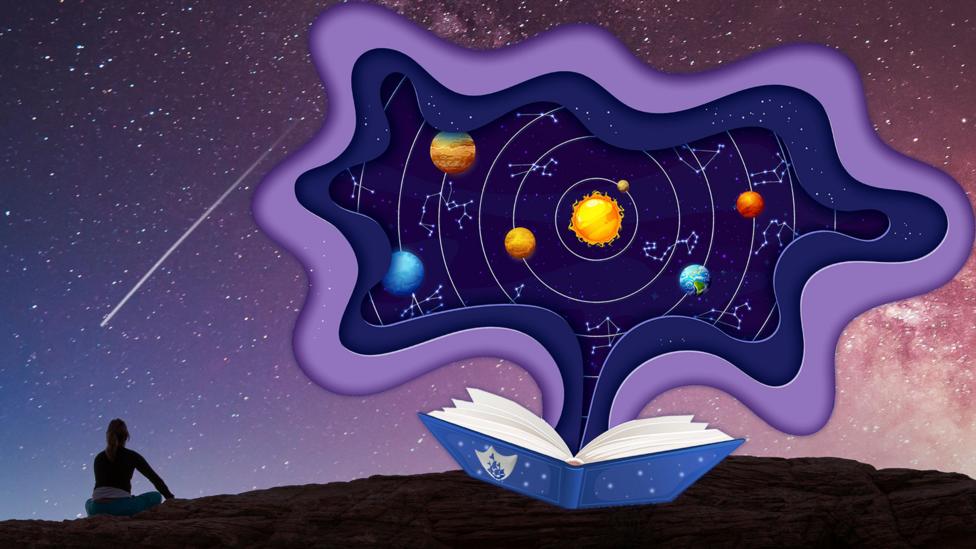
How to catch a sight of the 'planetary parade' in the UK 🔭
On February 28th 2025, the UK will witness a remarkable planetary alignment and astonishingly, this celestial spectacle won't be seen again until 2040! You will be able to witness all seven planets aligning in a spectacular configuration in the sky, most of which without any equipment!
Find out what is a planet parade and how can you see it here!
The weather conditions do need to be clear though. Ideally, to get the best change of seeing the planetary parade, you need to head to a place with no light pollution. Check out how to view this spectacle with the ultimate stargazing guide below!
Learn more about space with Bitesize!
Navigate your way through the Bitesize solar system and discover fun facts to impress your friends! Find out here!
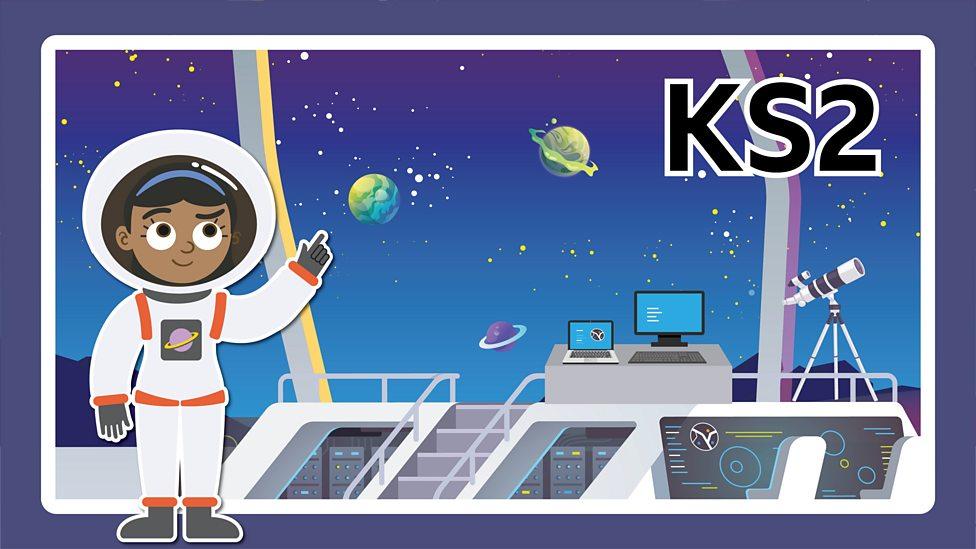
How to have the perfect stargazing set up in the UK!
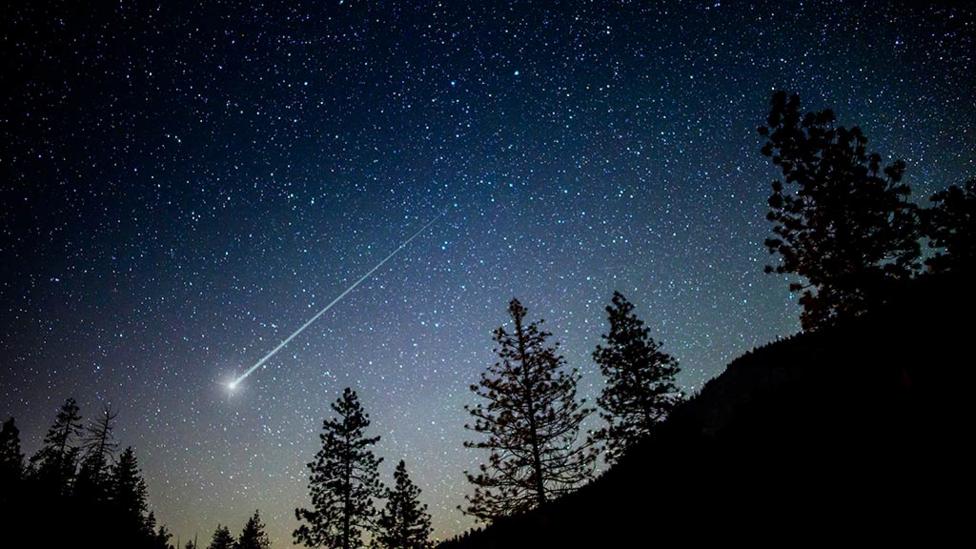
1. Stay safe
🚨 Make sure if you’re going away from home to go stargazing, go with a grown-up! 🚨
2. Prepare
Wrap up! Take a warm jacket, hat, scarf, gloves and a blanket too if you can, it can get pretty chilly standing still outside at night.
Treat yourself to a flask of hot chocolate if you really want to smash this!
Check the weather, you don’t want to be outside in the rain! Clouds will also stop you seeing much at all.
3. Location, location, location
It's important to find somewhere dark! Light pollution makes it harder to see meteors, planets and stars.
Ideally find open areas like a park or maybe a field, avoid places where the sky is hidden by tall buildings or lots of trees. If you’re lucky, you might be able to see the sky from your garden, or the area outside your house.
Take a torch, so you can get to where you’re going safely.
4. Do it like a pro
Don’t look at your phone, your eyes can take up to ten minutes to adapt to darkness.
Check the phases of the moon – a bright full moon will make the meteors much harder to see.
Take a red filtered torch or a rear red bike light, as this will allow you to see your surroundings without spoiling the view.
Take camping chairs or a picnic blanket to sit on, this will give your neck a break when looking upwards for long periods.
5. Try and spot these constellations, stars and planets!
Can you find these in your night sky?
Orion's Belt - This is a super easy constellation to see, look out for three stars all lined up.
Mars - One of the easiest planets to spot with just your eyes, look out for an orange glow.
Sirius - This star is the brightest star in the sky.
The Pleiades or The Seven Sisters - Can you find a small cluster of seven stars - these stars are individually called Alcyone, Asterope, Celaeno, Electra, Maia, Merope, and Taygete.
The Plough or Big Dipper - This constellation looks a bit like a spoon. Can you find it?
Cassiopeia - This constellation looks like the letter W, easily recognised by a group of five bright stars.
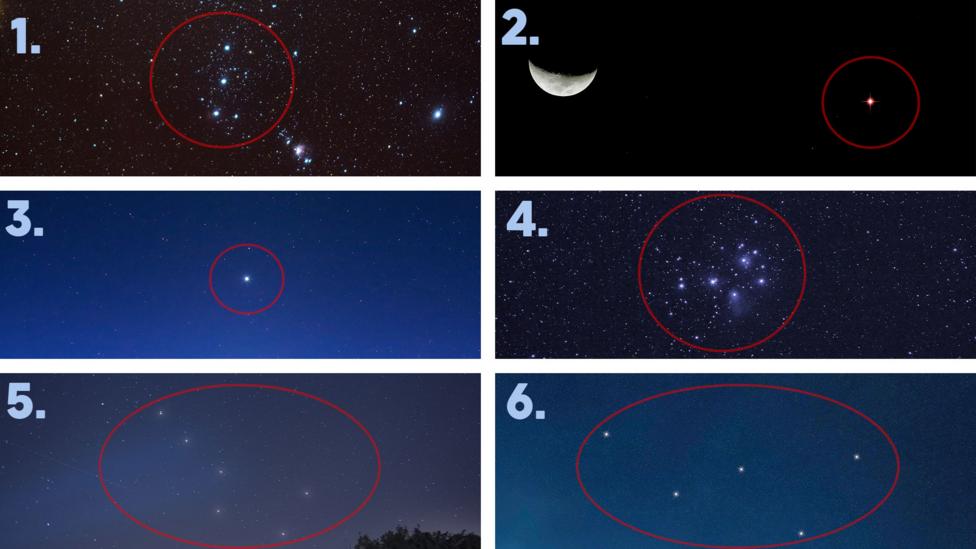
Let's test how much you know about meteors and comets! 🌠
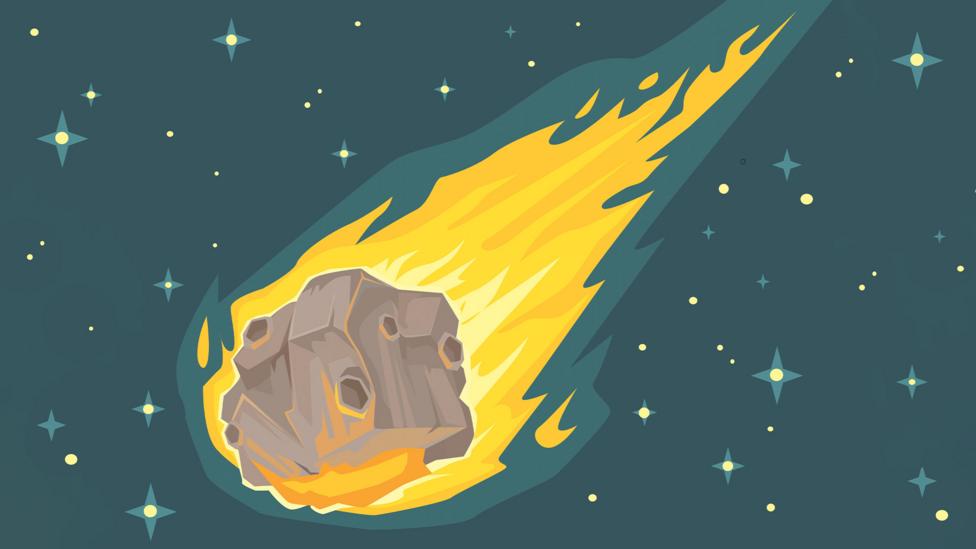
After more on space and stargazing? 🌌
Where can I watch Blue Peter? ⛵️
Join Abby, Joel, Shini and Henry the dog and watch Blue Peter on CBBC and BBC iPlayer, you won't want to miss it!